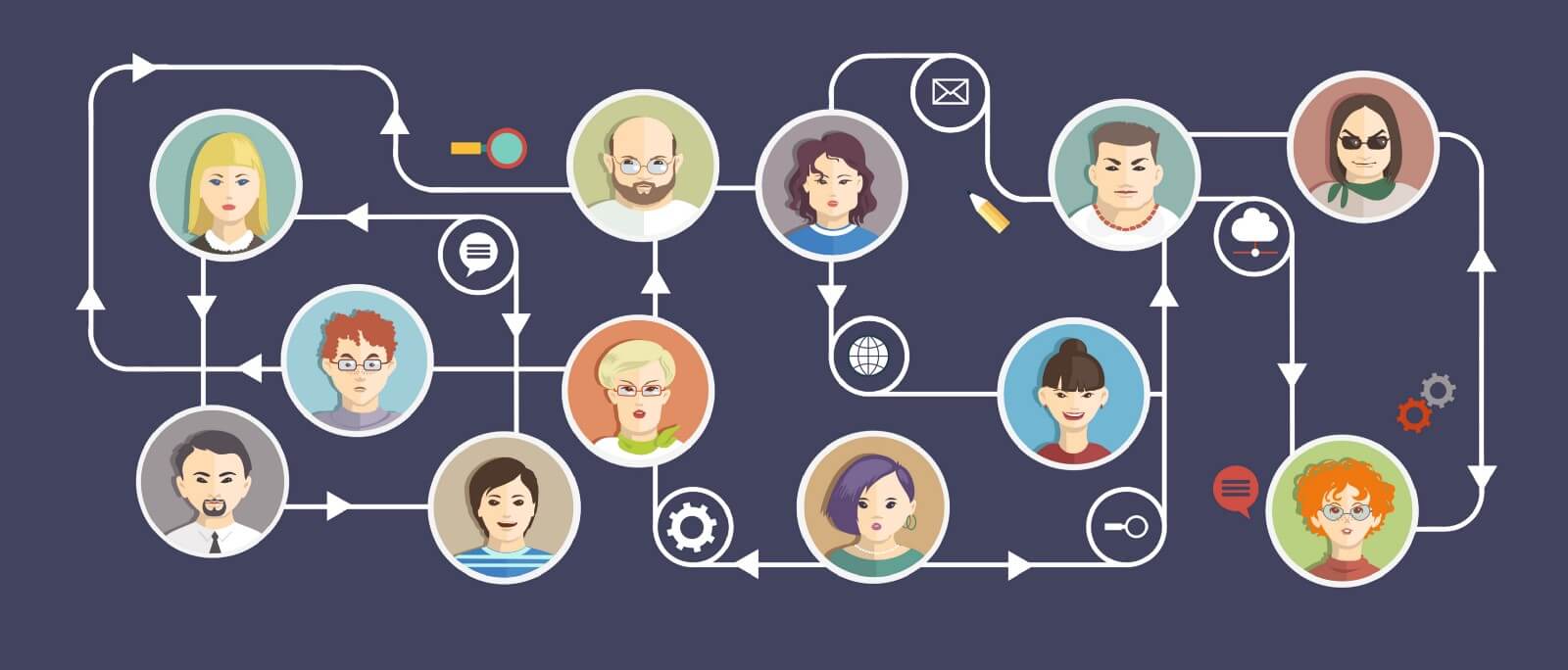Some people love personas. Some people hate them. But if if you have personas, and they are 100 % able-bodied, you are doing everyone a disservice
Most articles on personas fall into one of three categories:
- Some articles think personas are the best thing since sliced bread
- Others think personas should be avoided, or killed, focusing instead on Jobs To Be Done.
- The final group thinks personas are 97 % BS. The central theme in this article isn’t that personas are bad, but that only 3% of personas are constructed correctly in a manner that can be successfully leveraged.
Standard Persona — Meet Jane

Jane’s demographics are: Female, 32, in a long term relationship with a five year old son. Jane lives 37 miles from her office. Jane’s son goes to kindergarten with an after school program 5 miles from their house in the other direction from the office.
Jane’s goals and challenges: Jane’s biggest challenge is picking up her son. If she leaves too early, she spends a lot of time in the parking lot with nothing to do. If she leaves too late, she hits a lot of traffic and may incur daycare fines from arriving after the deadline to pick him up. Her goal is to find a way to optimize her time and avoid fines.
Marketing to Jane: Jane would respond well to purchasing software that can be used on either her phone or laptop without a WiFi connection.
Now let’s say Jane is deaf. Do you create a persona called “deaf Jane”? If your answer is yes, consider the following:
- How deaf is Jane?
- Is Jane’s hearing loss congenital or acquired?
- Does Jane use hearing aids or a cochlear implant?
- If Jane signs, does she use SEE, Cued Speech, ASL, LSM, etc.
You can probably already see the rabbit hole this is heading for. Also under consideration if you are still thinking about this approach:
- You likely have more personas than just Jane. You would need a “deaf” or possible “Deaf” (there is a huge difference between those two) or possibly “with hearing loss” variation for every persona if you took this approach.
- You would also need a different flavor of disability for each persona — Jane with Migraines, Jane with Cerebral Palsy, Jane with ADHD, etc.
Taking existing personas and making a set of the same personas with disabilities gets very unwieldy pretty fast. A second compounding factor is that people get very attached to their personas — I’ve seen it literally border on religious conviction. In an organization where the personas have been in use for a long time, changing the existing personas can be like pulling teeth because of the number of people who have to agree on the details. And that’s before you even start thinking about “how am I going to communicate the updates.” If you think about going with new personas with disabilities to *augment* the existing personas, it is very very hard to get the organization to adopt them with the same fervor as the original personas.
Enter Orthogonal Personas with Disabilities (OPDs)
Orthogonal Personas with Disabilities defines features associated with disabilities orthogonally. This implies that the Personas with disabilities are to be treated as if they are connected with and at a right angle to, but not integrated with, your existing personas that everyone knows and loves.
The disability
It is always good to start with a definition of the disability so everyone is playing off the same playbook. It is fine to reference sources like Mayo Clinic and CDC rather than recreating the wheel. Your list should definitely include hidden disabilities and mental health disorders.
The impact of the disability
This is pretty straight forward, but will always be on a spectrum. For example, hearing loss can range from mild loss or unilateral loss all the way to complete profound deafness. Don’t forget to include things like pain, fatigue, and cognitive overload.
What types of Assistive Technology do people with this disability use?
Help out your UX researchers and software testing folks by identifying specific instances of assistive technology that your software may have to work with to address the needs of your users with a particular disability
The prevalence of the disability in the general population
A few examples:
- Color blindness is 4.25 %.
- Hearing loss is .3 % of all births, and escalates with age.
- Attention Deficit disorder is diagnosed at a rate of 6.4 %.
You need to understand these demographics to in turn understand the next item
Is there a disproportionate prevalence of the disability in *your* user community
A few examples:
- If your product is primarily used by women, your rate of color blind users will be lower since the 4.25 % general rate is predominantly male. The opposite is true if your product is targeted at developers, then it will be closer to 6.5 % instead of 4.25 % using the 80/20 gender split in IT cited by many studies.
- If your product is primarily targeted to older adults (say a prescription tracker) you will have higher rates of hearing loss, vision loss, and arthritis
- If your product is geared towards IT professionals you will have higher rates of hearing loss, ADHD, Autism, and color blindness.
Is there a disproportionate impact of the disability because the product makes heavy use of something that is hampered by the impact of the disability (defined above)
A few examples:
- A product that is video-heavy will disproportionately impact people who are deaf (who need closed captioning) or blind (who may need described audio sound tracks): Job To Be Done: I need to understand the video
- A product that requires good manual dexterity will disproportionately impact people with Cerebral Palsy, Arthritis, peripheral neuropathy (frequently associated with Type 1 Diabetes) or missing fingers, hands or arms (congenital or acquired). Job To be Done: I need to be able to flip the switch.
- A product that makes heavy use of “stoplight charts” will disproportionately impact products whose audience is predominantly male. Job To Be Done: I need to be able to interpret the data.
Conclusion
By setting up OPDs, you will be:
- Choosing an efficient mechanism for your designers and developers to understand how disabilities impact your user base
- Identifying what assistive technology your product may have to support
- Providing your UX researchers information about who to recruit for sessions focusing on disabilities
- Creating a mechanism by which your product managers can prioritize remediating issues pertaining to your highest population and highest impacted users. That doesn’t mean you get to skip out on the low population ones. Complete WCAG 2.1 AA compliance should always be the goal. But sometimes you can’t just get it all done at once.
With thanks to Boaz Gurdin who helped me brainstorm this solution

0 comments on “Personas with Disabilities”